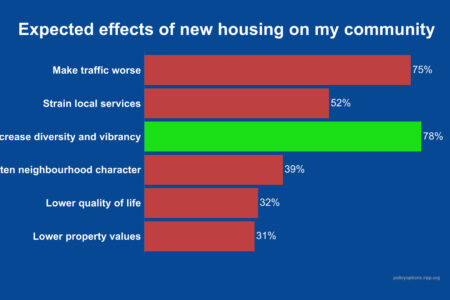
Municipalities are under constant pressure to achieve more with fewer resources. For municipal chief administrative officers and other senior bureaucrats, the nature of problems facing cities is increasingly complex. In the past decade alone, an already crowded land use planning agenda has been swamped by the challenges of dealing with climate change, housing affordability and the replacement of aging infrastructure.
Little wonder then that the rapid demographic shift now underway has been noted, but not acted upon by most municipalities. About a decade ago, Canadian municipalities and public health departments began to embrace “age-friendly communities” – a multi-disciplinary approach piloted by the World Health Organization. The aim is to encourage “active aging by optimizing opportunities for health, participation and security in order to enhance quality of life as people age.”
But with Canada’s population aging rapidly, there is an urgent need for municipal decision-makers to actively connect the worthy goal of age-friendly communities with the municipal land use planning process.
As I note in a new study just released by the IRPP, two thirds of all Canadians live in suburbs. In Ontario, which is home to 40% of Canada’s population, all but two of the 25 largest cities have committed to become “age friendly.” Still, they have not yet begun to integrate the work being done by volunteer committees, public health departments and social service providers into municipal planning policies.
The people who will bear the brunt of inaction are the growing population of seniors living in car-dependent suburbs, a generation of baby boomers who have come to rely on being able to drive everywhere to get to work, go shopping or fulfill any of the basic needs of everyday living. Research suggests that most older adults will outlive their ability to drive. In the same vein, Ontario’s Ministry of Transportation forecasts that by 2036, about 40% of seniors 75 years and older living in car-dependent suburbs surrounding Toronto will no longer have driver’s licenses.
The challenge of fixing these problems is daunting but not impossible. The following steps can help change public policy without unnecessarily increasing the burden on over-worked municipalities and their planning departments:
- Acknowledging the rising importance of demographic change, Ontario recently upgraded the Seniors Secretariat to full ministerial status. Introducing age-friendly language into provincial land use policy would provide clear direction for municipal leaders who need to focus scarce resources where they can have the most impact.
- Integrating the philosophy of age-friendly design into municipal plans and the development review process would create a powerful incentive for municipalities and developers alike to rethink development patterns and complement other recent provincial innovations affecting land use policy. Collaboration with the development industry is critical to creating compact, walkable neighbourhoods that offer older adults a range of attractive options for aging in familiar surroundings.
- Because changing the existing built environment takes time, it is important to make smart choices on where to focus efforts to do things differently. By selecting suburban neighbourhoods with a high proportion of middle-aged and older adults, municipalities can systematically change the focus of local plans. Working in concert with developers, there is an opportunity to seek out sites such as failed shopping centres and former industrial properties to create mixed-use projects that give older adults the option of moving to age-appropriate housing equipped with amenities. High quality development in good locations attracts people of all ages – the ultimate goal of age-friendly design.
“Design for the young and you exclude the old; design for the old and you include everybody,” gerontologist Bernard Isaacs said decades ago. His words remain valid today. Focusing on “age-unfriendly” suburbs may be a priority, but the lessons learned can be used to create age-friendly communities across the board.
Photo: Shutterstock.com
Do you have something to say about the article you just read? Be part of the Policy Options discussion, and send in your own submission. Here is a link on how to do it. | Souhaitez-vous réagir à cet article ? Joignez-vous aux débats d’Options politiques et soumettez-nous votre texte en suivant ces directives.







